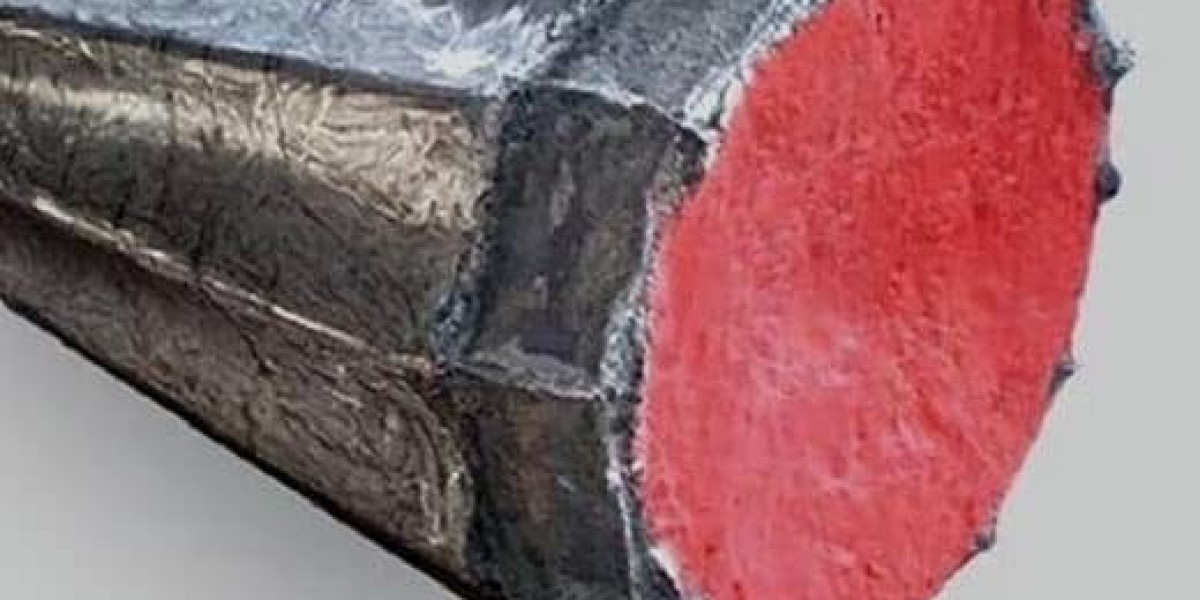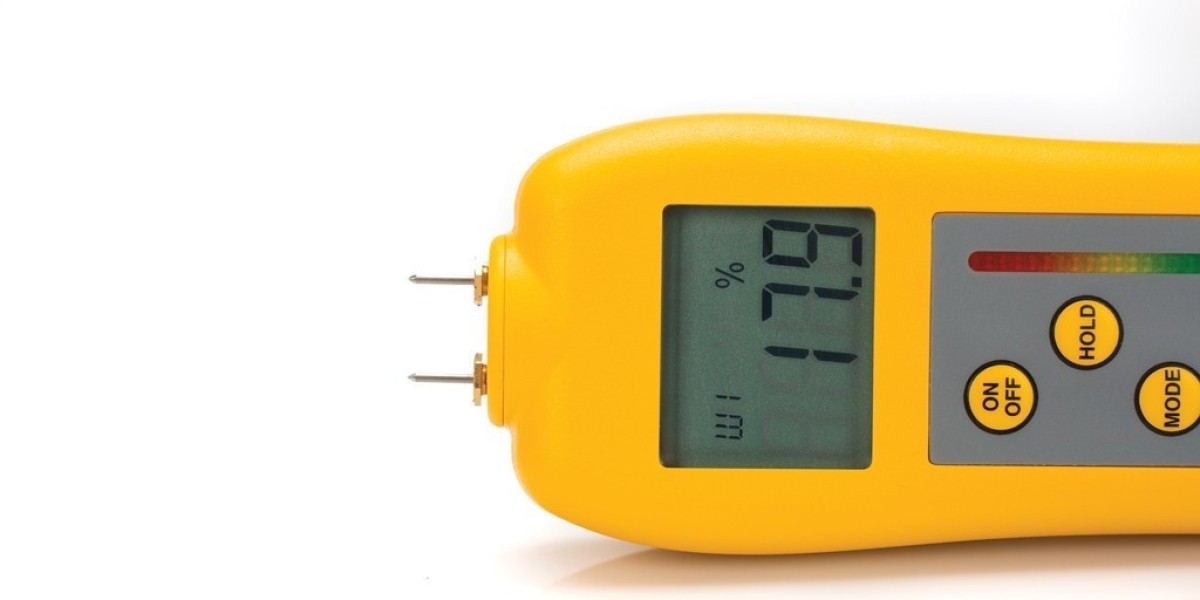Forging Ingots are a fundamental part of industrial production, serving as the backbone of various manufacturing processes. From aerospace to automotive, industries across the globe rely on the precision, strength, and durability offered by these specialized ingots. But what exactly are Forging Ingots, and how are they made? This comprehensive guide explores the manufacturing process, applications, properties, and the importance of sourcing from trusted Forging Ingots Suppliers.
Introduction to Forging Ingots
Forging Ingots are semi-finished metal products designed to be reshaped under high pressure in forging processes. These ingots are typically made from metals like steel, aluminum, titanium, or nickel alloys and serve as raw materials for forging components such as gears, wheels, shafts, and other critical industrial elements.
Unlike standard cast ingots, Forging Ingots are manufactured with specific properties that allow them to withstand intense deformation, ensuring a homogeneous structure and improved mechanical properties. This makes them an integral part of industries where precision and performance are paramount.
The Manufacturing Process of Forging Ingots
The production of Forging Ingots is a meticulous and controlled process aimed at achieving specific chemical and physical properties. Below is an overview of the manufacturing sequence:
1. Selection of Raw Materials
The process begins with the selection of raw materials, such as iron ore, recycled metals, or alloying elements, depending on the specific requirements for the forging ingot. For instance, a steel ingot may require a balanced mix of carbon, chromium, and nickel for desired strength and corrosion resistance.
2. Melting
The raw materials are heated in an electric arc furnace, induction furnace, or basic oxygen furnace. The molten metal is purified by removing impurities such as sulfur and phosphorus.
3. Alloying
During the melting stage, alloying elements like nickel, chromium, or molybdenum are added to achieve specific mechanical properties like strength, hardness, or heat resistance.
4. Casting into Molds
The molten metal is poured into specially designed molds, taking the shape of a rectangular or cylindrical block (ingot). This phase ensures the ingot has a preliminary structure suitable for further processing.
5. Solidification and Cooling
After casting, the ingots undergo controlled cooling to ensure uniform solidification. The cooling process plays a significant role in minimizing any grain inconsistencies within the metal.
6. Heat Treatment
The ingots are typically subjected to heat treatments such as annealing to improve their ductility and machinability.
7. Ultrasonic Testing
Before being sent to Forging Ingots Suppliers, the ingots undergo stringent quality checks, including ultrasonic testing, to identify any internal defects that might compromise their integrity during forging.
Key Properties of Forging Ingots
Forging Ingots possess specific properties that make them well-suited for demanding industrial applications. Below are some of the key characteristics:
1. High Strength and Toughness
The dense structure of Forging Ingots provides exceptional mechanical properties, ensuring durability under high stress and load conditions.
2. Homogeneous Grain Structure
Unlike cast materials, Forging Ingots are designed with uniform grain structures, which result in enhanced mechanical performance and consistent quality.
3. Heat Resistance
Materials like nickel and titanium alloys in Forging Ingots can withstand high temperatures, making them suitable for high-heat environments like aerospace engines.
4. Custom Composition
The alloying process enables a tailored chemical composition to meet specific application requirements, such as corrosion resistance or wear resistance.
5. Machinability
Forging Ingots exhibit superior machinability, making it easier to shape and fabricate precise components.
Applications of Forging Ingots in Various Industries
The versatility of Forging Ingots makes them a critical component in several industrial sectors. Here’s a closer look at their applications:
1. Aerospace Industry
Forging Ingots serve as base materials for manufacturing components like turbine blades, engine parts, and structural elements. Their ability to endure extreme conditions ensures safer and more efficient operations.
2. Automotive Sector
Automobiles rely on forged components for durability and performance. Forging Ingots are integral to producing automotive parts like crankshafts, gears, and axles.
3. Oil & Gas Industry
The harsh conditions in oil rigs and refineries demand materials with high corrosion resistance and pressure endurance. Forging Ingots are used in fabricating drill bits, valves, and pipeline components.
4. Power Generation
In power plants, especially those involving thermal or nuclear energy, Forging Ingots are employed to create high-strength components for turbines and generators.
5. Heavy Machinery
Industries like mining and construction require robust components for equipment like excavators, bulldozers, and cranes. Forging Ingots provide the strength and resilience needed to withstand heavy operational stresses.
6. Defense Sector
From tank parts to missile casings, Forging Ingots contribute to developing high-performance components essential for defense and military uses.
Benefits of Using Forging Ingots
Using Forging Ingots offers a plethora of advantages, ensuring efficiency and long-lasting performance. Here are some notable benefits:
1. Improved Material Integrity
The refining processes involved in forging ingot production ensure that the material is free from voids and impurities, resulting in better overall integrity.
2. Superior Strength
Forging Ingots can handle high-impact and high-load conditions, making them suitable for both dynamic and static applications.
3. Customization
Depending on the industry, Forging Ingots can be tailored in terms of composition, size, and mechanical properties.
4. Longer Component Life
Due to their enhanced mechanical properties, components forged from high-quality ingots last longer under challenging conditions, reducing maintenance costs.
5. Energy Efficiency
Forged components derived from Forging Ingots have a streamlined geometry, which minimizes energy loss during system operation.
How to Select the Right Forging Ingots for Your Needs
Choosing the right Forging Ingots involves careful consideration of your project’s requirements. Here’s a guide to help you make the best choice:
Know the Application
Identify the specific environment where the components will operate, considering factors like temperature, pressure, and exposure to corrosive agents.Material Specifications
Select the appropriate alloy composition that matches your performance criteria.Verify Supplier Credibility
Work with Forging Ingots Suppliers who have a strong reputation for delivering high-quality materials.Budget Considerations
While pricing is important, prioritize quality and performance in choosing ingots for critical applications.Test Certifications
Request testing reports such as ultrasonic evaluations to ensure the materials’ integrity.
Conclusion
Forging Ingots are the building blocks of advanced manufacturing processes, delivering strength, precision, and durability across a wide range of applications. Whether it’s aviation, automotive, energy, or heavy machinery, these ingots serve as the foundation for creating resilient and reliable components.
Working with trusted Forging Ingots Suppliers ensures access to high-quality materials tailored to your needs, giving your operations a competitive edge while maintaining safety and efficiency. Investing in superior Forging Ingots means crafting products that excel in durability, performance, and precision—exactly what industries demand in today’s dynamic markets.








